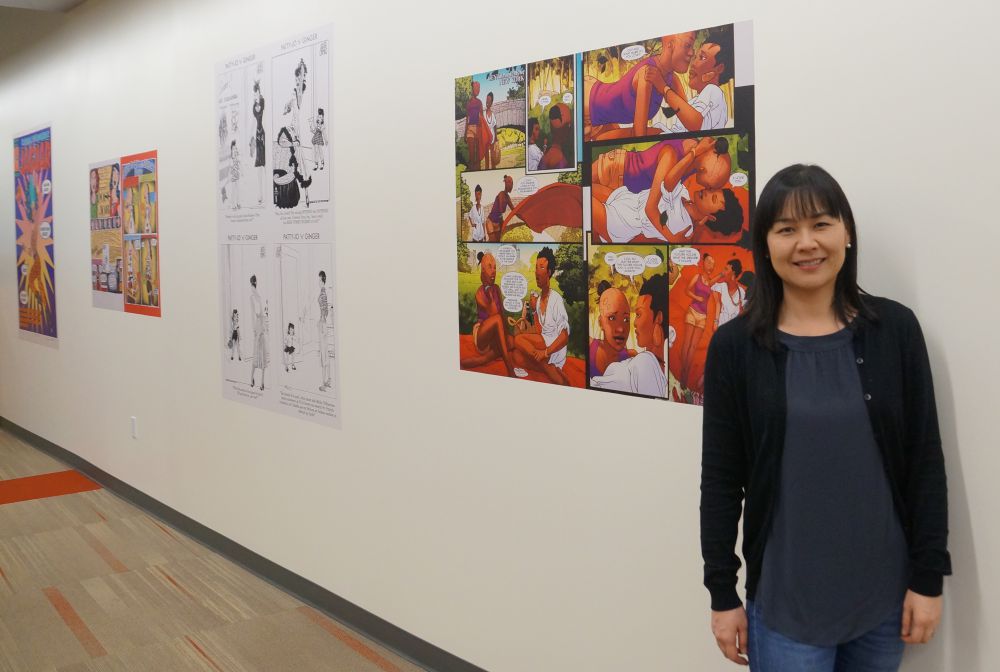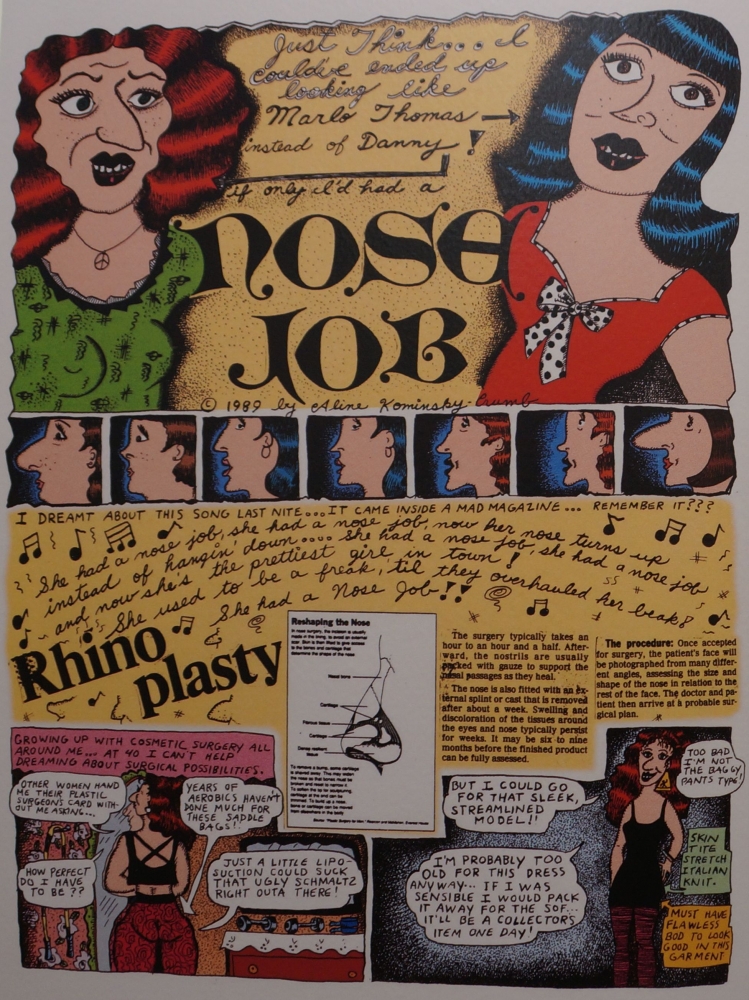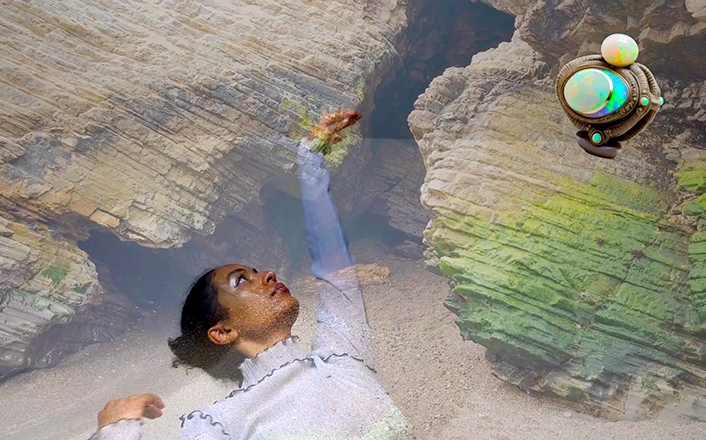
Drawing on Experience


When Torchy Brown first appeared in 1937, she was smart, funny, beautiful and talented. She was also African-American — a groundbreaking character created by Jackie Ormes, the first black professional female cartoonist.
Torchy and a later character, Patty-Jo, were a lot like their creator, who mixed plenty of social commentary in the strips she drew until 1956. Ormes is little remembered today, but an exhibition at the UC Santa Barbara Library will bring her work, and that of six other women cartoonists, to a wide audience.
“In Her Own Image,” in the library’s Art & Architecture Collection through June 28, highlights the works of diverse artists who subvert the notoriously hypersexualized and misogynistic stereotypes of comics written by men for men. The exhibition’s artists portray characters who, while sometimes beautiful, are fully realized women: strong, vulnerable, resourceful.
“To have this conversation about women and their representations of their bodies is really important,” said Chizu Morihara, an Art and Architecture librarian who co-curated “In Her Own Image” with Performing Arts and Media Studies librarian Leahkim Gannett. “A lot of people grew up reading Marvel or DC comics, and the portrayal of women isn’t always fair or equal. There are major problems with the representation of women.”
The exhibition, which consists of seven large panels, was inspired by the 2019 UCSB Reads selection, “The Best We Could Do,” an illustrated memoir by Thi Bui.
“I think this a powerful book that has done a really good job of starting a bunch of conversations about the immigrant experience, which is very important to talk about right now,” Morihara said. “Also just women in general. And I think it’s really exciting that we picked an illustrated memoir for UCSB Reads.”
In addition to Ormes’ cartoons of “Patty-Jo ’n’ Ginger,” the exhibition includes panels from “Cihualyaomiquiz: The Jaguar” by Laura Molina; “Need more Love” and “Love That Bunch” by Aline Kominsky-Crumb; “Black Panther: World of Wakanda,” written by Roxane Gay and illustrated by Alitha Martinez and Afua Richardson; “The Thrilling Adventures of Lovelace and Babbage” by Sydney Padua; and “Miss Fury” by Tarpé Mills.
Most of the books from which the panels are drawn are available for checkout or use in the library. Indeed, the exhibition serves another purpose: to introduce the campus and community to the library’s world comics collection.
“We enjoy the collection, we enjoy the material,” Morihara said. “It’s been a lot of fun learning about these people, too, because I’m used to the stereotypical tropes that we all know about, and so to find out more about these women who were pioneers in the field has been a lot of fun.”
Ormes, whose comics appeared in black-owned newspapers, was adept at skewering stereotypes. In “Patty-Jo ’n’ Ginger,” Ginger was a classic beauty — who never spoke. Patty-Jo, her pint-sized kid sister, loudly took on sexism, racism and the lovely vapidity of Ginger.
“To go back and see [Orme’s] work from the early days of the Civil Rights Movement is really fascinating,” Gannett said, “and how she has this sexualized imagery of one of the characters, but the little sister ... it pulls no punches whatever. It is straight-up, hard-core political commentary, very blunt.”



